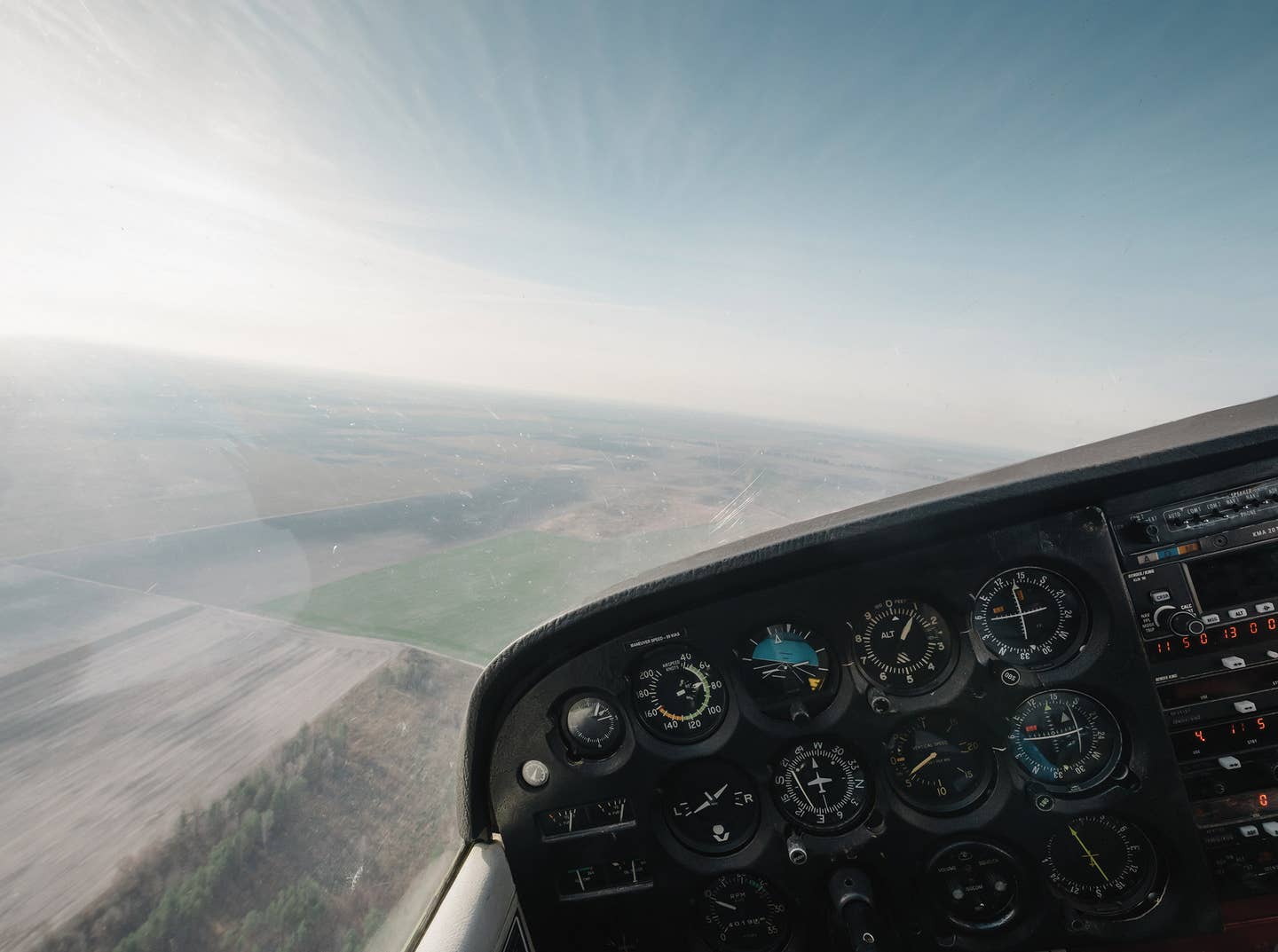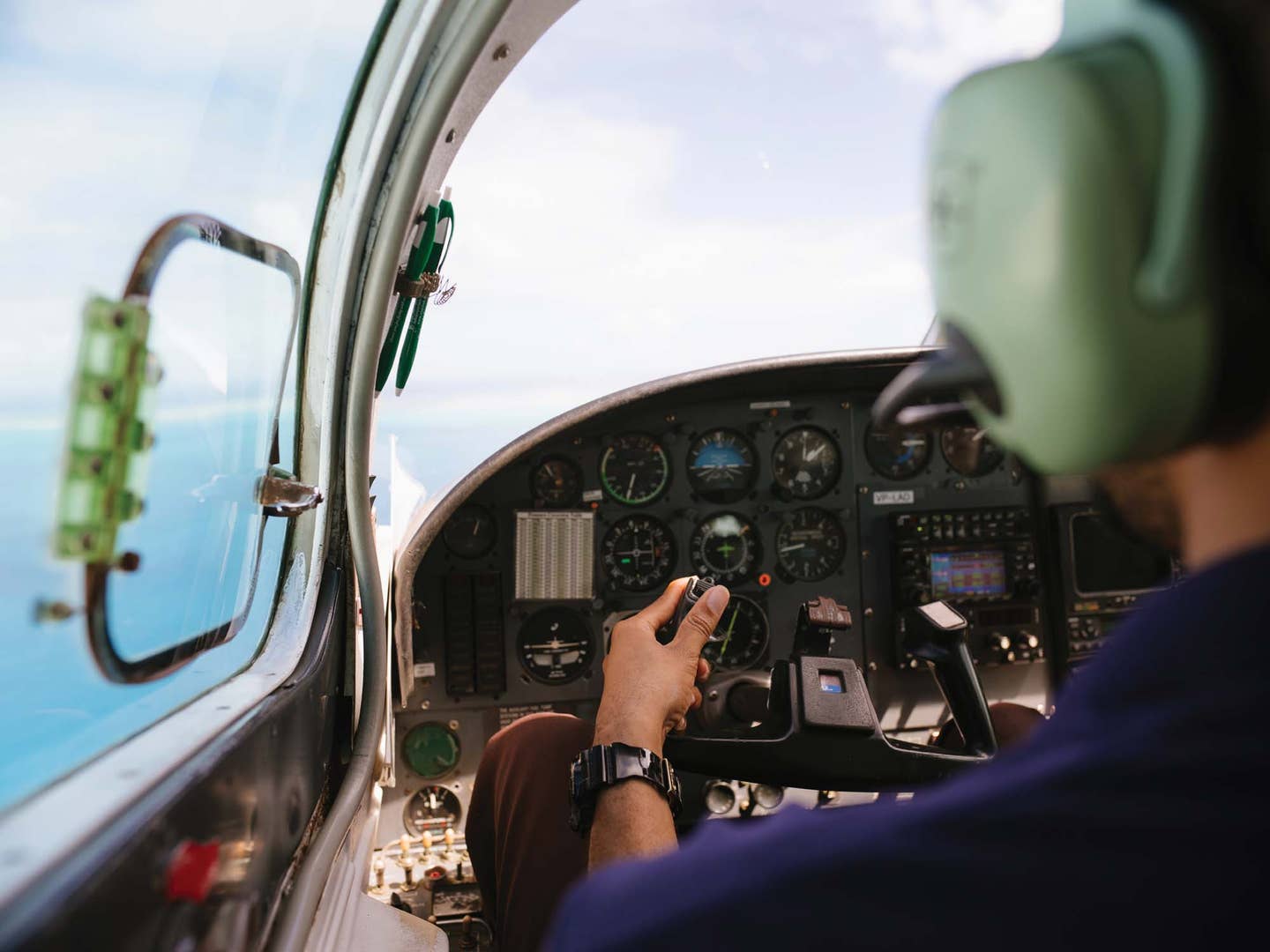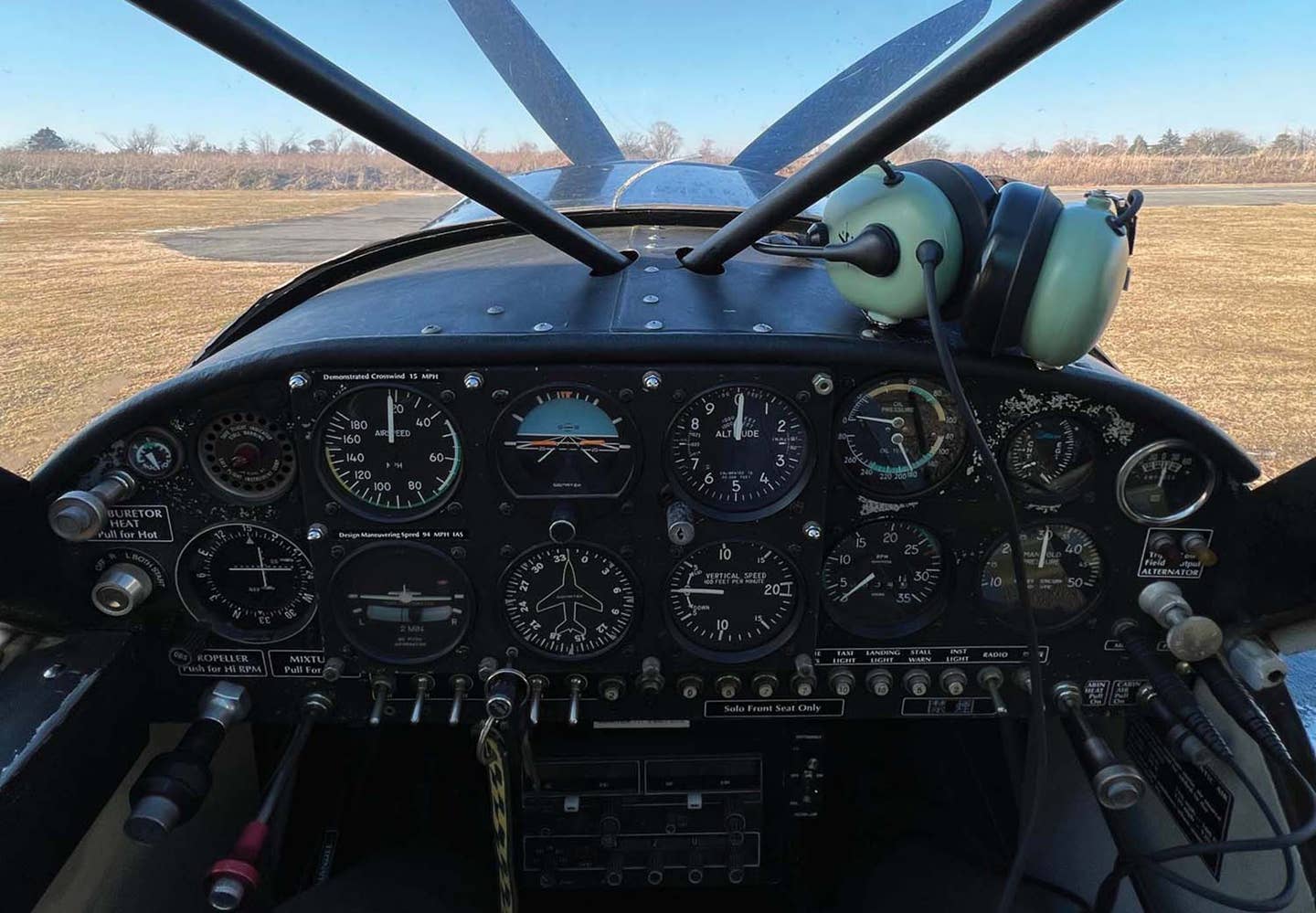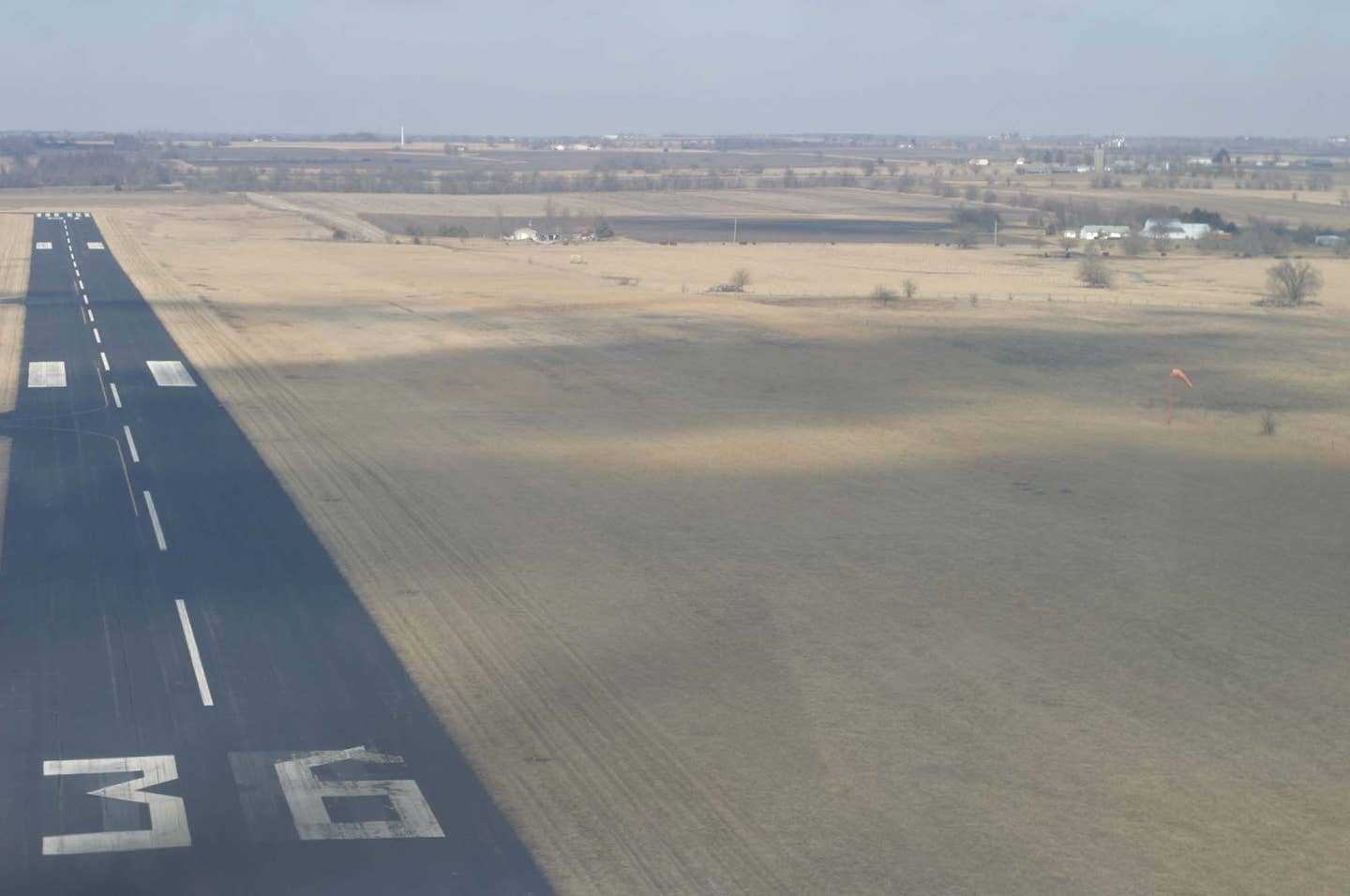Triple Threat of Limitations
“Know your limitations and don’t exceed them” is common advice for aviators. That statement is all well and good, so far as it goes. It generally encourages you, as the…

Each constraint—pilot, airplane, and environment—needs its own consideration to assure adequate flight safety. [image: Adobe Stock/Grandbrothers]
“Know your limitations and don’t exceed them”
is common advice for aviators. That statement is all well and good, so far as it goes. It generally encourages you, as the pilot, to do a good job of preparing for each flight and keep up your stockpile of skills by regular training and practice. In doing so, you’ve made sure you’re not going to overstep your abilities. The problem is, there’s more than this one limitation involved in the average flight, beyond just the perils that can be met by our piloting ability. We need to consider the full range of hazards we’re facing, and that involves more than just assessing the pilot’s ability.
The pilot in command (PIC) of a flight certainly has to make sure that he or she’s not exceeding the capabilities they’re able to muster. Knowing when to say “no” is vital to survival, something we need to consider not just at the beginning of the flight, but throughout its progress. However, the aircraft has limitations of its own, ones established both by its design and practical performance. And the operating environment presents its own limitations on our activity, quite aside from the skills of the pilot and innate performance of the airplane.
All three sets of limitations will combine to affect the outcome of our flight. We may be the best pilot ever born, but we can’t force a tired Skyhawk to climb above its genuine absolute ceiling, undefined by any performance chart. And the finest example of a Cirrus SR22 is not going to want to lift a full load out of a backcountry strip on a warm afternoon with a density altitude reading five digits. Each of these three constraints—pilot, airplane, and environment—needs its own consideration to assure adequate safety.
There Are Pilots—Then There Are Pilots
We all like to think we have the right stuff, that we’re the proverbial “good stick” who can exercise every privilege on our certificate to the utmost perfection. On any given day, however, we can be just a little bit off our game. Remember that time you tried for a squeaker landing to impress the kids and you dropped it in with a thump? Face it, if this is your first real low-visibility takeoff into a low cloud deck in a year, you may be legal to do it, but should you?
Your piloting limitations are not a solid wall, but a fluid barrier that rises and falls with your recent experience, fatigue level, and even the amount of preparation. A hastily thrown-together trip into unfamiliar territory means raising your personal minimums for the departure. You should go only if the weather is as benign as forecast, good alternates exist, and you feel good about doing it.
There’s a country song by the late Toby Keith that goes, “I ain’t as good as I once was, but I’m as good once as I ever was.” That optimistic outlook doesn’t apply to pilots with rusty skills. Face it, you took that multiengine commercial check ride decades ago. Can you fly a zero-thrust, single-engine approach to minimums today? Probably not without some practice.
The point is, meeting the POH performance figures is a job for factory test pilots who fly every day. Establish your limitations based on needing half again or double those handbook numbers—plan to aim low and finish high. Always underpromise and overdeliver, not the other way around. You should never write checks with your mouth, or your thoughts, that your body can’t cover. Stay honest in your relationship with the airplane. You can get away with lying to other pilots, but don’t ever try lying to your aircraft about your abilities. That will come back to kill you.
This Plane Has Always Before…
Every aircraft, even my 1946 Aeronca Champion, comes with a set of operating limitations. Beyond the ones printed on paper, there are also practical ones determined from experience. It doesn’t matter how good the pilot is, or how nice the old bird’s running, those limitations are still exactly that—limitations. Don’t ask the airplane to do more than it can. In most pilot-error accidents, the outcome was determined when the pilot made a decision to proceed outside the aircraft’s capabilities. Too many pilots have believed the brochure brag of a 700-mile range and have flight planned accordingly, to their eventual regret. Fuel is consumed in hours and minutes, not miles. Unfortunately, getting away with stretching the gas supply once or twice tends to tempt you into applying it as a matter of course.
Always ascertain which of the airplane’s bits and pieces of equipment are not available. Yes, you ought to be able to fly any procedure without the autopilot’s help, but if you’re faced with a three-hour trip in the clouds, single pilot, do you really want to do that? Sure, you might be good enough to fly an ILS down to 200 feet above the touchdown zone, but if the airplane’s glideslope needle is flagged, you’re going have to miss at the localizer-only minimums. Your superior skills aren’t the limitation; the airplane’s capability is. Be ready to work with what you have left, and that means respecting new limitations.
I have one airplane in my hangar that can only carry 500 pounds of payload with the fuel tanks topped off—that’s it, if I’m going to respect the max-takeoff-weight limit, and I will. I know better than to ask that airplane to do more than it can. We often have to work within the limitations of the aircraft we’re flying. Piloting skills have nothing to do with it. Let’s be real, part of that “pilot stuff” is making the right decision to not exceed the limitations of the equipment, whether it’s because of the engine, airframe, radios, or endurance.
This means knowing what is and isn’t possible with a given airplane’s published limitations. I once had to do a photo shoot from a Piper Cherokee Six with its rear door removed, which is allowable and safe. But then the customer wanted some shots from the other side, and he asked if we could remove the front door and shoot out that opening. No, I said, that’s not permitted by the aircraft operating limitations, and it would be an experiment I wasn’t about to conduct.
Today Is Not The Day
The operating environment often generates additional limitations over and above those of the pilot and airplane. On a recent morning, I was scheduled to test-hop an experimental plane to check rigging, a simple task well within both my own and the aircraft’s limitations. But the reported ceiling was only 400 feet at the appointed hour. So, despite the readiness of the pilot and airplane, the flight was delayed until VMC prevailed.
I often abort a flight in the old Champ for wind reasons. I’ll fly in crosswinds up to 10 mph, but no more, because I know the aged mechanical brakes aren’t able to prevent weathervaning above that figure. Taildraggers boasting more weight, better brakes, and a locking tailwheel may have higher wind limitations, but every day is different, and its conditions must be evaluated, quite aside from the pilot’s and airplane’s own limitations.
For flight in icing conditions, which should actually be called “flight avoiding icing conditions,” we need an airplane equipped for the task and a pilot who’s skilled in its use. It’s not just working boots or TKS that gives us the capability to deal with icing. It’s also important to have a fast climb rate to quickly reach nonicing airspace above the icing layer. In the absence of such performance, we’ll consider the environment to be unsuitable for flying that day.
Even the best airplane, flown by the best pilot, cannot overcome the limitations imposed by extreme operating environments. Thunderstorms, wind shear, severe icing, thick fog, strong crosswinds, and density altitude producing a negative climb rate are all factors that absolutely must be considered in the context of our ability to fly.
We have some wonderful airplanes in the marketplace, outfitted with some truly amazing avionics suites and supported by a great ground-based ATC system. Purchasers of some of those million-dollar singles have been told they can go anytime, anywhere. Not so. There are still times when the limitations of the operating environment prevail.
On Deciding
Aeronautical decision-making, or ADM, is a fashionable buzz phrase that is, in reality, as old as flight itself. Deciding to begin or continue an act of aviation requires consideration of every limitation we’re about to approach. Sometimes our total package of limitations is unbalanced by the aircraft itself, and sometimes it’s the environmental conditions of the day. And sometimes we’re just not feeling up to it. Never let someone else’s decision to fly become your own. Respect all of the limitations.
Editor’s Note: This story originally appeared in the MARCH 2024 issue of Plane & Pilot magazine.

Subscribe to Our Newsletter
Get the latest Plane & Pilot Magazine stories delivered directly to your inbox






